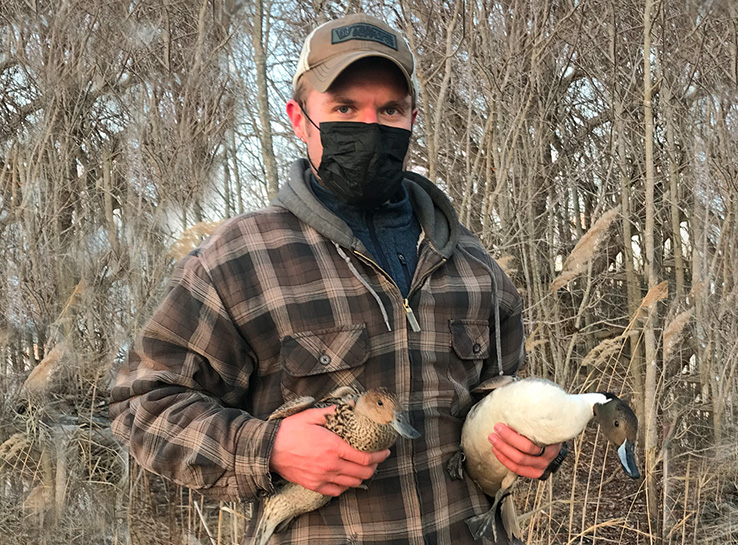
Dabbling ducks and disease: tracking migration timing, HPAI risk
By Matthew J. Hardy, MSc
AgriNerds – Co-owner, Waterfowl Biologist and Co-director of Ecological Modeling
Chester County, Pennsylvania

By Matthew J. Hardy, MSc
AgriNerds – Co-owner, Waterfowl Biologist and Co-director of Ecological Modeling
Chester County, Pennsylvania

Coccidiosis doesn’t just lurk in poultry houses — it thrives there. For decades, producers have relied on synthetic anticoccidials and ionophores to keep it in check. But with growing resistance and increasing pressure to reduce antibiotic use, more operations are turning to vaccination as a sustainable, effective alternative.

Campylobacter hepaticus has been identified as the causative agent in spotty liver disease, so when Roel Becerra, DVM, received a phone call from a producer that had free-range, antibiotic-free, brown layer hens with SLD, he and fellow investigators decided to study chlorine as a possible treatment.

In the “Let’s Talk Turkey” episode of the Unplucked podcast produced by the Poultry Science Association, Carrie Cremers, DVM, manager of technical service and animal welfare at Jennie-O, discussed how the weight of ever-present HPAI has led to biosecurity burnout among workers.
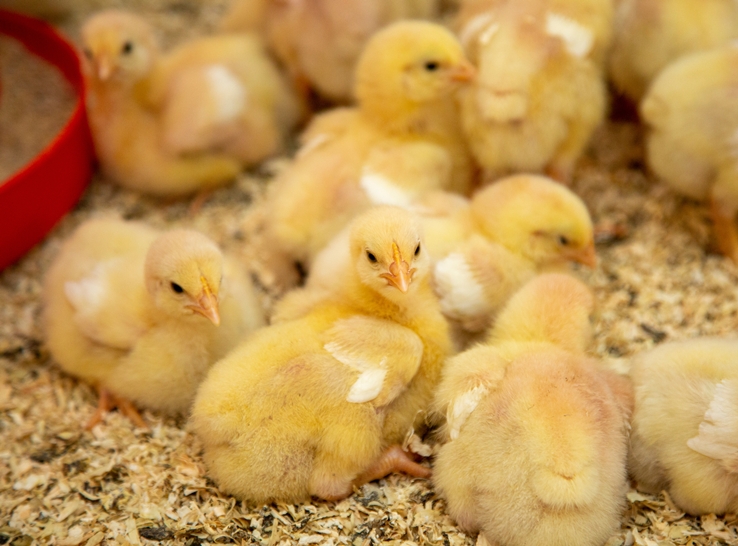
US broiler operations commonly reuse litter for environmental and economic reasons. Research and real-world results have shown that the first broiler flock raised on brand-new litter underperforms flocks raised on used litter, but the reasons remain unclear.
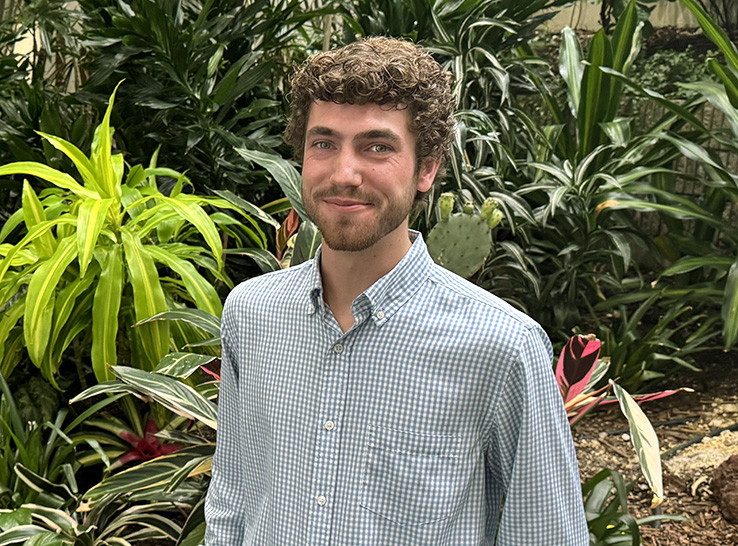
Plant polyphenols demonstrated effectiveness against multi-drug-resistant Salmonella enterica serovar DT104, suggesting their potential in the fight against antimicrobial resistance (AMR) and foodborne illness, according to Auburn University researcher Hunter Sheffield, PhD student.

When enteritis strikes, the challenge is identifying the exact cause. In February 2023, Huvepharma’s research and development personnel received a call about enteritis symptoms in two commercial antibiotic-free turkey houses. A team went out to conduct a thorough field investigation to determine precisely what was going on with the flocks.
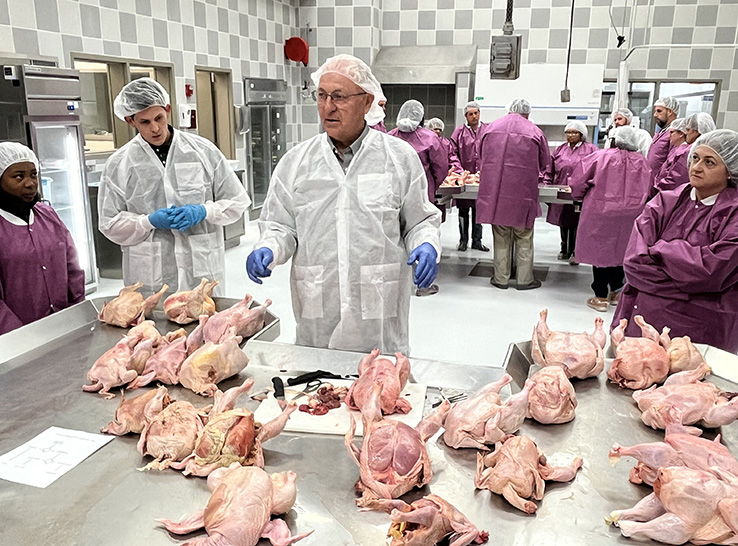
By Douglas L. Fulnechek, DVM
Senior public health veterinarian
GTS Health (formerly Gaydos Technical Services)

What are the top priorities when it comes to poultry management? Brian Fairchild, PhD, professor and Extension poultry specialist at the University of Georgia, discussed his top seven considerations for effective poultry management during a recent Poultry Science Association webinar.
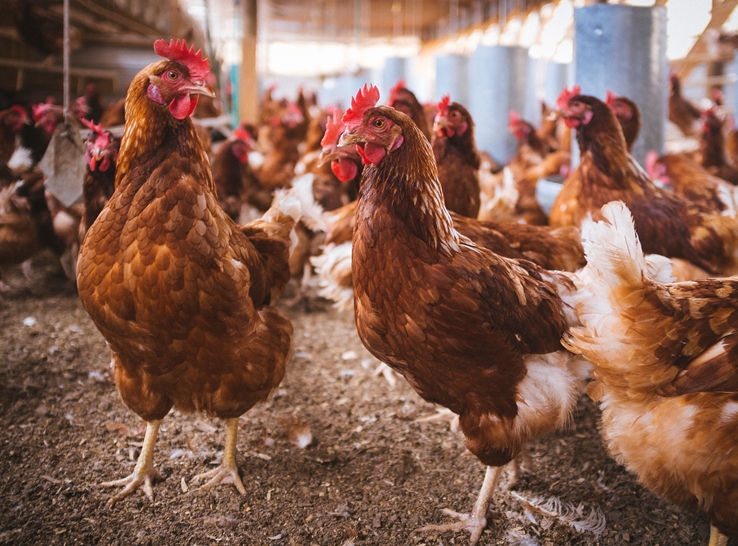
While some mortality is expected in all layer flocks, regardless of the housing type or breed, the rate and causes can vary depending on the production system. Cage-free systems may not inherently have higher mortality than cages and experience in managing birds in cage-free systems plays a big role in maintaining low mortality.
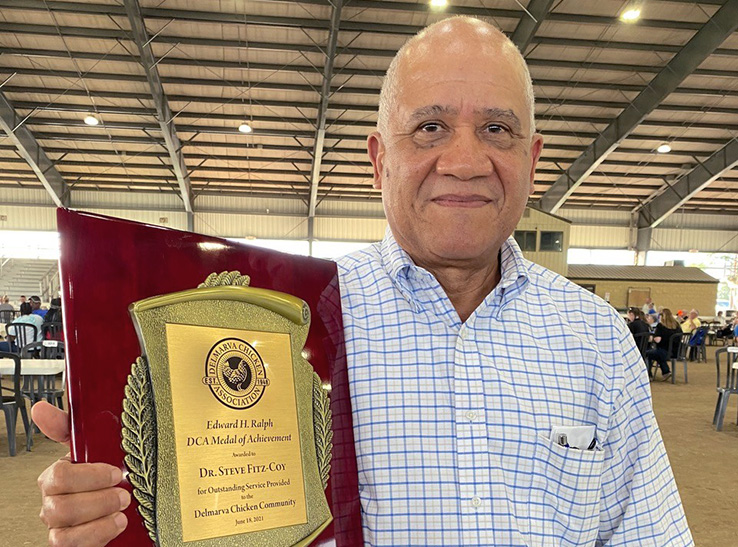
Coccidiosis guru Steve Fitz-Coy, PhD, started his career in the early 1980s. Some 40 years later, coccidiosis continues to be one of the most common and costly diseases of poultry worldwide. And Fitz-Coy, a poultry scientist at Merck for the past 24 years, is still the go-to guy when an outbreak is suspected.
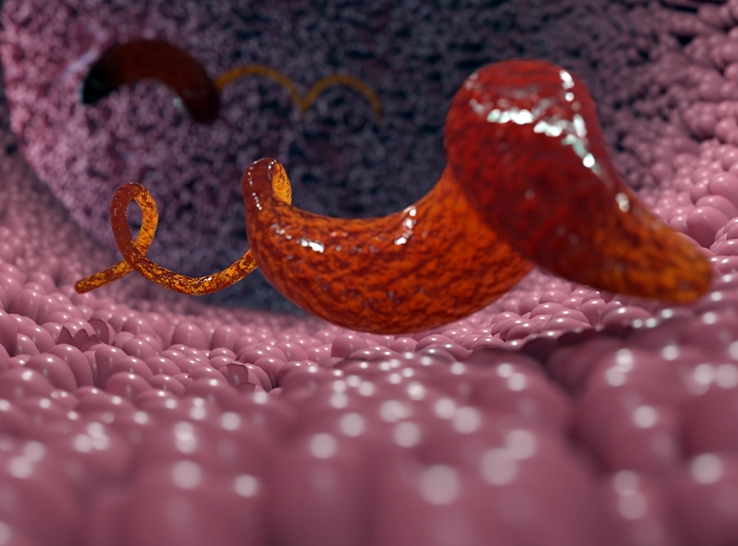
Recently, Campylobacter hepaticus was identified as the causative agent for chicken spotty liver disease (SLD), an illness which manifests as acute infectious hepatitis and causes a significant drop in egg production and high mortality in layer chickens. Researchers from Iowa State University, led by Orhan Sahin, DVM, PhD, are studying Campylobacter bacterins in the control of SLD.